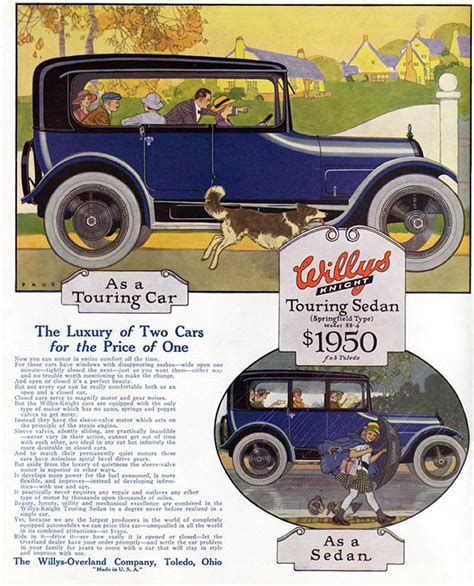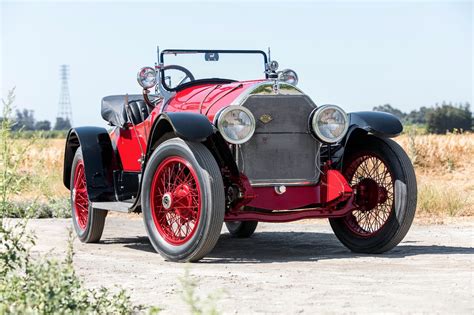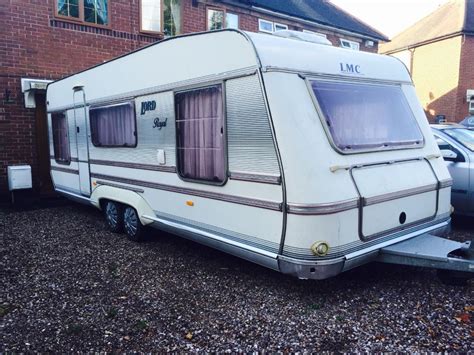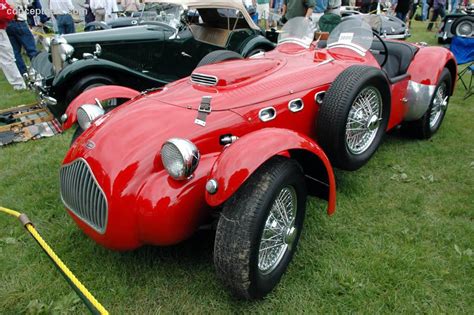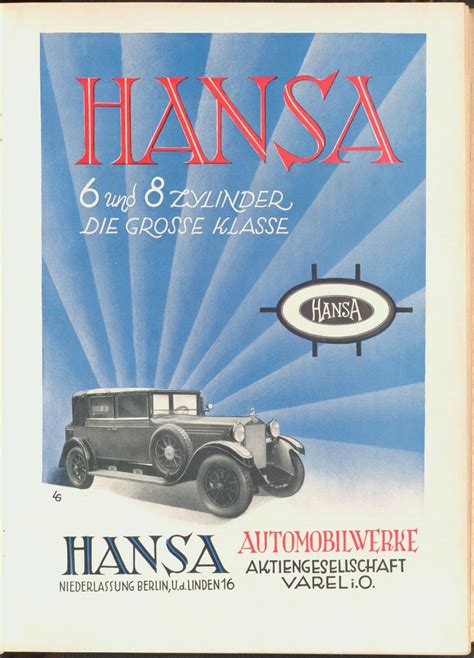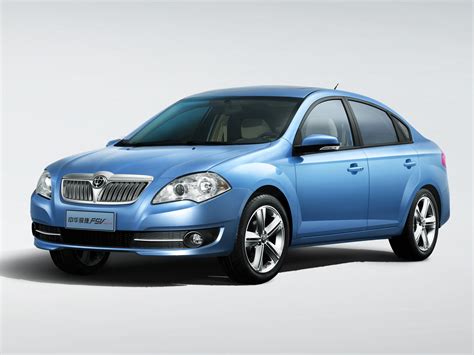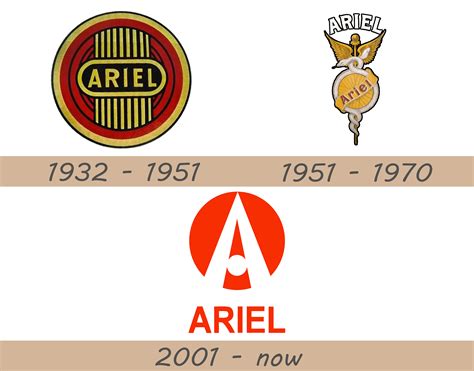Discover the history of Overland Car Company, from its founding and early innovations to its growth, impact during the World Wars, and lasting legacy.
Founding of Overland Car Company
Contents
Overland Car Company was established in 1903 by Claude Cox, a successful businessman from Indiana. Cox, along with several other investors, saw the potential in the growing automobile industry and decided to venture into car manufacturing. The company was initially named Standard Wheel Company, but it was later rebranded as Overland.
In its early years, Overland focused on producing reliable and affordable vehicles for the mass market. The company’s first model, the Overland Runabout, was a huge success and helped establish Overland as a major player in the automotive industry.
Overland’s commitment to innovation and quality quickly set it apart from its competitors. The company invested heavily in research and development, leading to many groundbreaking innovations in car manufacturing. Overland’s dedication to excellence earned it a reputation for producing some of the finest automobiles in the world.
Throughout its early years, Overland continued to grow and expand its operations. The company’s success allowed it to introduce new models and expand its production capacity. Overland’s focus on delivering value to its customers helped it gain a loyal following and solidified its position as a leader in the automotive market.
Early innovations in car manufacturing
The early days of the Overland Car Company were a time of immense change and innovation in the world of car manufacturing. Starting in 1903, Overland introduced several groundbreaking concepts that would revolutionize the industry for years to come. One of the key innovations was the development of a reliable and efficient assembly line, a technique that completely transformed the way cars were produced. This allowed for a significant increase in production rates, leading to more affordable options for consumers.
Furthermore, Overland was one of the first companies to experiment with mass-produced interchangeable parts, a practice that quickly caught on and became the norm for car manufacturing. This approach not only sped up production but also made maintenance and repairs much easier, ultimately improving the overall experience for car owners.
In addition to these advancements, Overland also implemented a strong focus on streamlining the design and production process. They were among the leaders in adopting new technologies and materials, constantly seeking ways to improve the performance and aesthetics of their vehicles. This commitment to innovation and quality set Overland apart from many competitors of the time and earned them a reputation as a forward-thinking and reliable car manufacturer.
As a result of these early innovations, Overland quickly became a major player in the car manufacturing industry, setting the stage for their future growth and success. The company’s commitment to innovation and efficiency paved the way for countless advancements in the field of car manufacturing, leaving a lasting impact on the industry as a whole.
Expansion and growth of Overland
The Overland Car Company experienced significant expansion and growth in the early 20th century, becoming one of the leading automobile manufacturers in the United States. The company’s success can be attributed to their innovative approach to car manufacturing, as well as their ability to adapt to the changing needs of the market.
One of the key factors in Overland’s expansion was their introduction of the Model 37 in 1910, which quickly became a popular choice among consumers. The Model 37 featured a range of innovative design elements, such as a lightweight chassis and powerful engine, which set it apart from other cars on the market.
Overland also saw significant growth through a series of strategic business decisions, such as the acquisition of the Willys-Overland company in 1912. This merger allowed Overland to expand their production capacity and reach a wider audience, establishing themselves as a major player in the automotive industry.
By the late 1910s, Overland’s expansion continued with the introduction of the Model 4, a compact and affordable car that appealed to a broader range of consumers. The success of the Model 4 solidified Overland’s position in the market and paved the way for further growth in the coming years.
Overland during the World Wars
Overland Car Company played a significant role during the World Wars, particularly in providing vehicles for the military. As the demand for military vehicles increased, Overland rose to the challenge and became a key supplier of cars, trucks, and jeeps for the United States and its allies.
In addition to supplying vehicles, Overland also shifted its focus to wartime production. The company retooled its factories to manufacture military equipment and munitions, contributing to the war effort in a crucial way.
During World War I, Overland produced a significant number of vehicles for the military, and this trend continued into World War II. The company’s expertise in engineering and manufacturing made it a valuable asset for the armed forces, and its contribution to the war effort was widely recognized.
As a result of its wartime production and the high demand for military vehicles, Overland experienced a period of growth and expansion. The company’s ability to adapt to the changing needs of the military allowed it to thrive during a tumultuous time in history.
Legacy of Overland Car Company
The Legacy of the Overland Car Company can still be felt today, despite the fact that the company ceased operations nearly a century ago. Founded in 1903, the Overland Car Company played a significant role in shaping the automotive industry in the early 20th century. Despite facing financial difficulties and changing ownership several times, Overland left a lasting impact on the world of automobile manufacturing.
One of the most enduring legacies of Overland is the development of the assembly line for automobile production. Overland’s use of assembly line techniques paved the way for modern car manufacturing processes, revolutionizing the industry and allowing for the mass production of vehicles. This innovation not only transformed the way cars were made, but also had a profound impact on the global economy.
Another legacy of the Overland Car Company is its role in popularizing the automobile and making it accessible to the average consumer. By introducing affordable and reliable cars to the market, Overland helped to democratize car ownership, allowing more people to experience the freedom and convenience of personal transportation. This shift in car ownership patterns had a ripple effect on society, leading to changes in urban development, travel habits, and lifestyles.
The legacy of Overland is also evident in the influence it had on future generations of car manufacturers. The company’s commitment to innovation and excellence set a high standard for the industry, inspiring others to push the boundaries of automotive design and engineering. Many of the industry practices established by Overland continue to be followed by car manufacturers today, highlighting the enduring impact of the company’s legacy.

